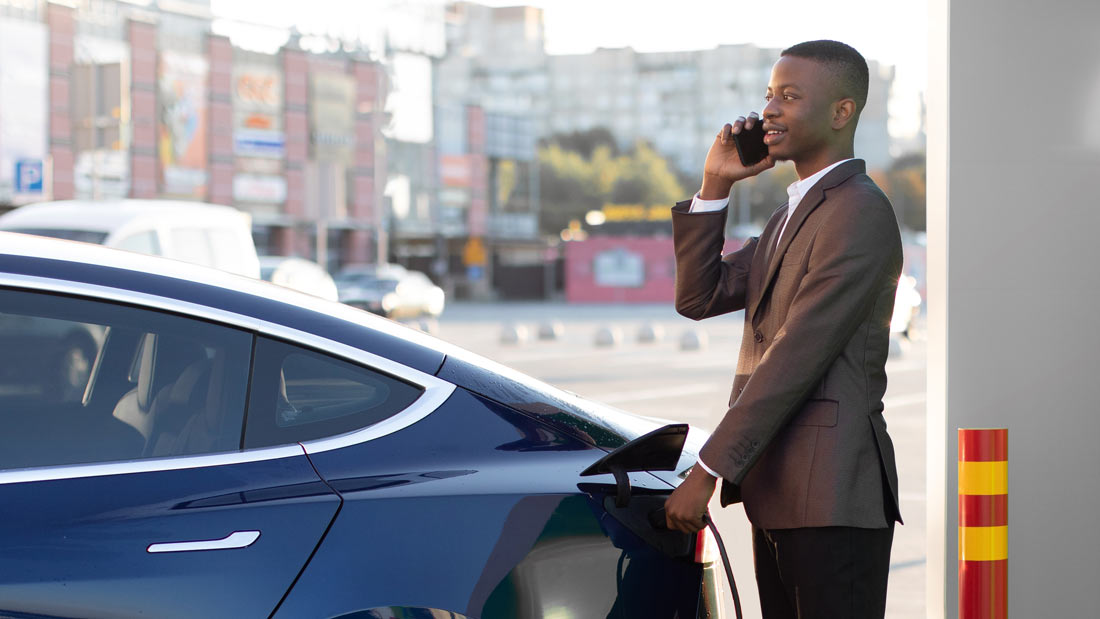
The EV industry is constantly evolving and adapting to the needs of the growing number of EV drivers on the road. An emerging technology gaining popularity within the EV industry is the ISO 15118 or plug and charge capable charging station.
What is ISO 15118?
ISO 15118, most commonly known for its plug and charge capability, is the international standard that defines communication protocols or pathways between EVs and EV charging stations. More simply put, it gives EVs, EV chargers, and ultimately the electrical grid, the ability to speak and relay information back and forth to each other.
Think of ISO 15118, or just ISO as it’s often referred to within the EV industry, as the universal language that both the electric vehicle as well as the EV charger must know in order to speak to one another. For this communication to happen, manufacturers of both EVs and EV chargers must install hardware and software that utilize the ISO communication protocol within their products.
While many people associate ISO 15118 with the plug and charge feature, it has much more functionality than that. With the ability for vehicles and charging stations to communicate back and forth, this standard opens the door to vehicle to grid technology (V2G) as well as the relay of information about the EV like vehicle identification, the state of charge (battery levels), and much more.
What is an ISO 15118 capable EV charging station?
An EV charger that is ISO 15118 capable has built-in hardware that allows communication between an EV and the charging station. This hardware is merely the infrastructure or channel for information to pass back and forth so software must also be incorporated to ensure a seamless experience for features like plug and charge or V2G to be leveraged.
What is Plug and Charge?
Plug and charge is the process of starting an EV charging session just by plugging an EV into an EV charging station. This replicates a similar experience drivers have at home with personally owned chargers but on charging stations that are either publicly accessible and require payment or have restricted access, like those at shopping centers, apartments or workplaces. Depending on where people charge or which network provider they are charging with, there are currently a few steps when starting a charge. Plug and charge streamlines the process so all you have to do is plug in your car and it will automatically start charging.
How do you set up an EV to plug and charge?
For EV plug and charge to work, there is typically an initial setup process to establish this capability between the EV and the EV charging network provider. The network must be able to identify the EV that was plugged in and associate it with an account. This consists of confirming and validating account information and associating the EV’s ID with the account.
After the initial setup is complete, when the EV is plugged into an ISO capable EV charging station, the network will be able to recognize the car, associate it with a driver’s account, start a charging session automatically, and bill the account once the session is complete.
When will plug and charge be available on EV chargers?
A few mechanisms need to be established before everyone can start using plug and charge or any other ISO feature. For plug and charge to be possible, the EV manufacturer, the charging station, and EV charging network must have ISO capable hardware and software in place. For companies like Tesla who manufacture both EVs and EV chargers, they were able to create their own plug and charge experience, but it is limited to only charging a Tesla on a Tesla charger.
While this feature is not widely available to the mass market just yet, EV and EV charger manufacturers as well as utility companies are currently integrating and developing ISO programs to ensure the industry can start to utilize these features in the coming years.
Do I need an ISO 15118 capable EV charging station?
At the moment, installing ISO 15118 capable EV charging stations is considered a future proofing measure so that charging stations won’t need to be upgraded when the technology becomes available. Right now only a handful of utility companies are requiring the installation of ISO capable EV chargers in order to receive rebate and incentive funding while the rest do not. This is likely to change as the technology continues to progress and utilities start to create the infrastructure and programs to support ISO capabilities within their organizations.
Chargie is built for the road ahead
Chargie helps property owners evaluate and install the right chargers for their buildings with our turnkey EV charging solution. Whether that’s Level 2 or Level 3, ISO capable or not, our EV charging experts are here to optimize your property for current and future demands. Chargie streamlines the process from beginning to end – we help properties design the most effective charger layout, take advantage of all rebates and incentives, handle all installation work, and manage and monitor the system 24/7. Reach out to learn more.























